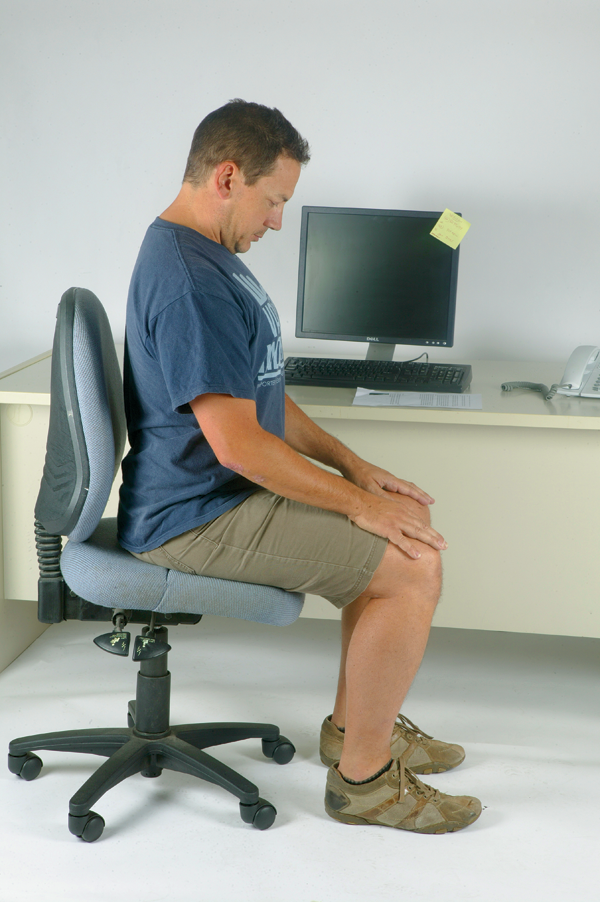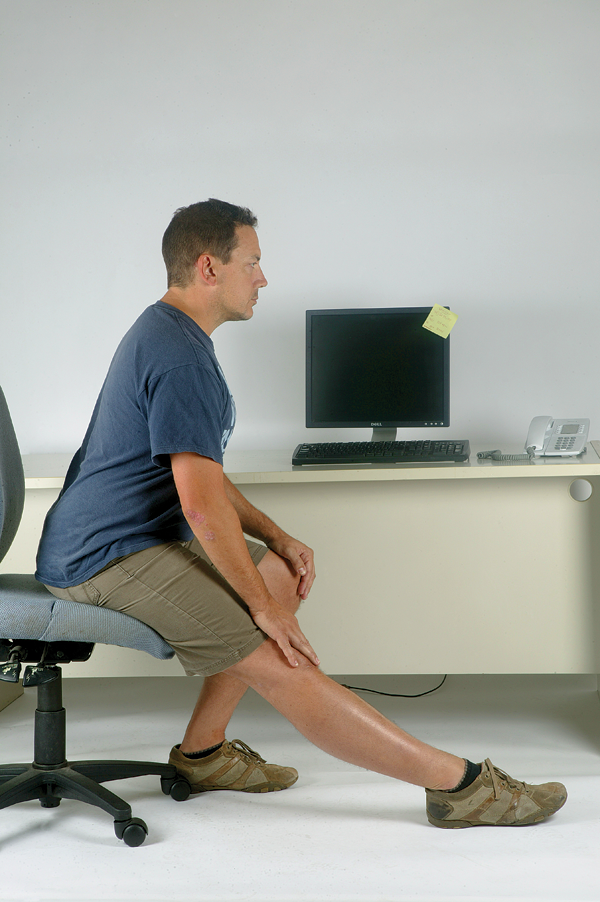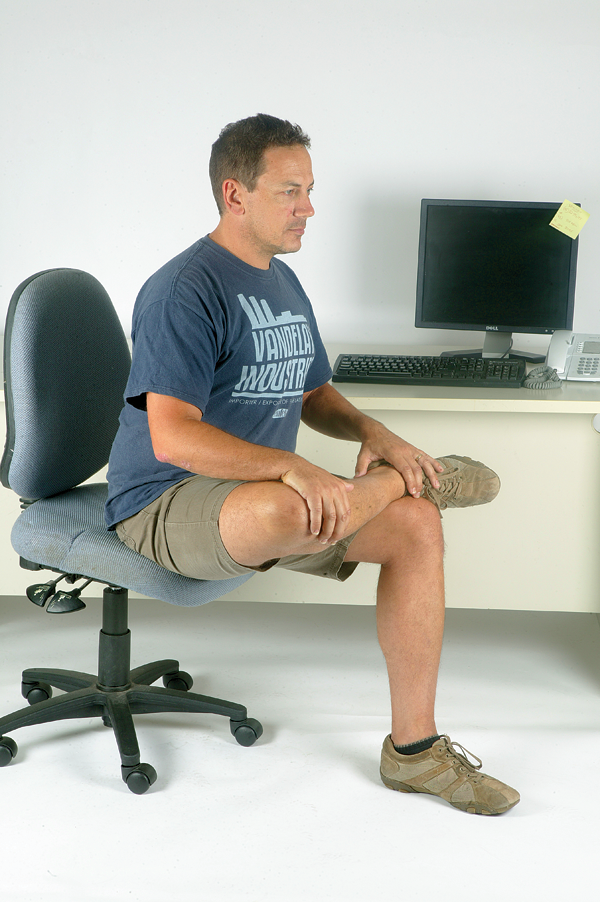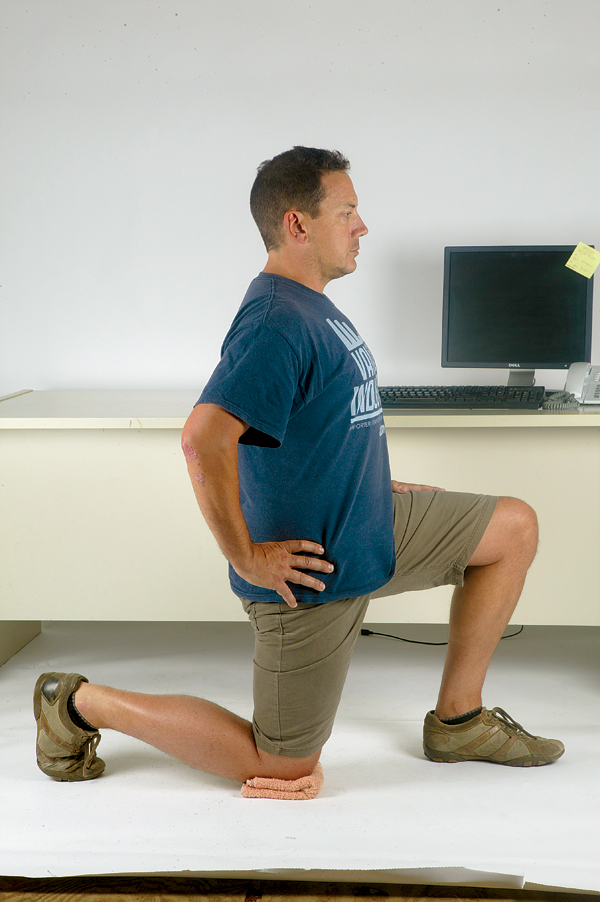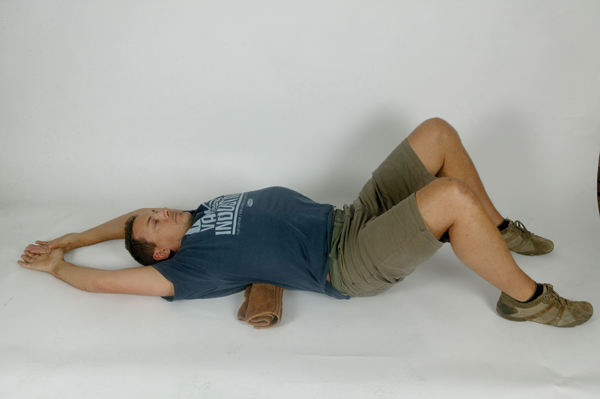We all know that stretching is important, but few of us make the time to actually do it. Here’s a stretching regime that just about anyone can follow—even with a busy schedule.
As a physio at the Body Mechanic, the cyclists we treat can be grouped into three broad categories:
Type 1 - Diligent
In addition to their cycling load, they attend at least one formal Yoga, Pilates or core stability class per week. These clients are definitely in the minority—maybe one rider for every 20 that I see.
Time requirement for the above program: at least one hour per week, plus travel time.
Additional requirements: Gym membership, freedom from other time demands such as work and family.
Type 2 - Motivated
In addition to their cycling load, they perform a routine of stretching exercises, usually at night before bed. In addition, they regularly stretch following rides, and in most cases will have an array of other ‘self management’ strategies in place such as regular massage, foam rollers, trigger point balls and so on.
Again these riders are in the minority, perhaps one rider in every 20.
Time requirement for the above program: 20 to 40 minutes, up to five times per week.
Additional requirements: Freedom from other time demands.
Type 3 -Normal
When asked whether they stretch, the response will be “not enough”. They will stretch a muscle when it feels tight, usually when they notice it during or after riding, or between the coffee stop and the shower, and they’ll usually only stretch for five seconds or so. After that they have to drive the kids to soccer, or get back to their desk to answer emails and arrange the next meeting.
When they get home, they bath the baby or help with homework, then have dinner in front of The X-Factor before a quick shower and a check of emails. Then it’s time for bed. About now they remember the 15-minute stretching regime their physio, coach or latest edition of MBA gave them, but they are too tired and have an early start. And for that matter, they haven’t stretched regularly for the last 20 years, so they may as well start tomorrow.
Put in another way, if doing either or both of the first two strategies is too cumbersome, they won’t stretch at all. This covers the majority—myself and 18 out of every 20 riders that I see!
Sensible Solutions
So if your time is limited, you need to ensure that any program is achievable and focussed. I’m regularly asked, “What are the best stretches to do after my ride?” This question implies that of any activity you are performing on a regular basis, it is the riding that is doing the most harm. However, at the clinic we more often see the physical consequences sitting at the desk all day. Sedentary work postures are now being compared to smoking as a preventable lifestyle factor that impacts on your health—we see the impact that sitting all day has on your cycling!
Surely then, an effective stretching program should target the negative effects of sitting at work, allowing you to ride more comfortably, frequently and for longer, with less risk of injury?
In order to create adaptation, any stimulus needs to be applied to the body in a gradual, repetitive fashion. This means that like when training for any event, you need to perform a sustainable amount of stretching, that you can perform on a regular basis, for a long period of time.
What follows are some simple stretches which you can implement regularly, at work, without having to magically come up with an extra hour or three per week, a gym membership, or cutting down on your sleep. Remember, with any stretching program you should stretch only until you experience a sensation of tightness, never pain. If adopting these postures causes pain, either during or afterwards, cease immediately and consult with your health professional (doctor, physiotherapist, chiropractor, osteopath or similar who understands cycling).
Whilst I will be the first to agree that the ‘diligent’ and ‘motivated’ riders introduced above are likely to have a better outcome at the end of the day, I can categorically state that employing a simple and regular management strategy is going to be significantly more effective than doing nothing. The best thing about this plan is that it’s quite possible to ‘multi-task’ and perform a number of these stretches at the office, while you check your emails or ‘research’ on the internet. So cut out the following page and pin it on the wall as a reminder—your body will thank you for it.
